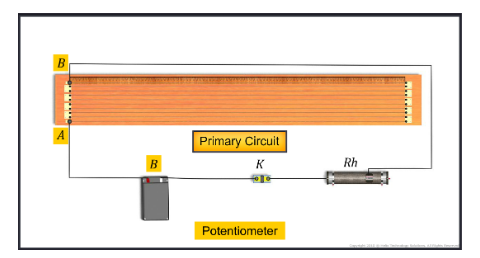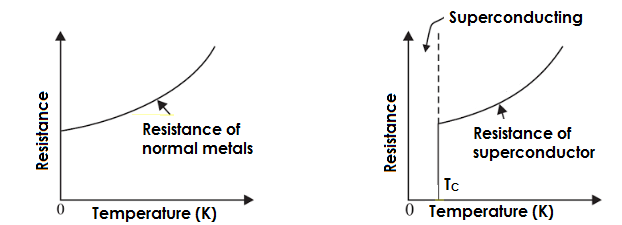Potentiometer
The potentiometer is an accurate device that is used to measure the emf or potential difference more accurately. It is accurate than a voltmeter in the sense that the voltmeter used for measuring p...

Superconductors are materials that have zero electrical resistance. Metals and their alloys can show this property at very low temperatures. It is discovered by Heike Kamerlingh onnes in 1911.like ferromagnetism and atomic Atomic spectral lines, superconductivity is a quantum mechanical phenomenon. The superconductors exclude the magnetic field to their interiors.
When different substances are cooled to very low temperatures, their properties change. In 1908 Heike Kamerlingh Onnes used an ingenious apparatus to cool helium to liquid form. Fluid helium was carefully studied and also became an important aid for the cooling of different substances and charting their properties at low temperatures. In 1911 Heike Kamerlingh Onnes discovered that the electrical resistance of mercury completely disappeared at temperatures a few degrees above absolute zero. The phenomenon became known as superconductivity.
A superconductor is a substance that conducts electricity without resistance when it becomes colder than a "critical temperature." At this temperature, electrons can move freely through the material. Superconductors are different from ordinary conductors, even very good ones. Ordinary conductors lose their resistance slowly as they get colder. In contrast, superconductors lose their resistance all at once. This is an example of a phase transition. High magnetic fields destroy superconductivity and restore the normal conducting state.
Normally, a magnet moving by a conductor produces currents in the conductor by electromagnetic induction. But a superconductor actually pushes out magnetic fields entirely by inducing surface currents. Instead of letting the magnetic field pass through, the superconductor acts like a magnet pointing the opposite way, which repels the real magnet. This is called the Meissner effect, and it can be demonstrated by levitating a superconductor over magnets or vice versa.

Some of the applications of superconductors follow:
• Magnets for Magnetic Resonance Imaging (MRI)
• Low and high field magnets for Nuclear Magnetic
Resonance (NMR)
• Low and high field magnets for physical sciences
and research
• Accelerators for high-energy physics
• Large scale magnet demonstrators for plasma
fusion reactor
• Industrial magnets for materials magnetic separation

A New Zealand-based startup has developed a method of safely and wirelessly transmitting electric power across long distances without the use of copper wire, and is working on implementing it with the country's second-largest power distributor.
How is super Conductor made ?
https://www.youtube.com/watch?v=RS7gyZJg5nc